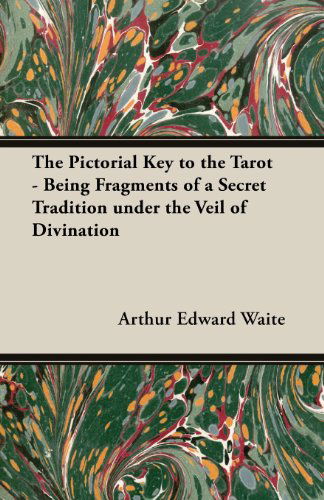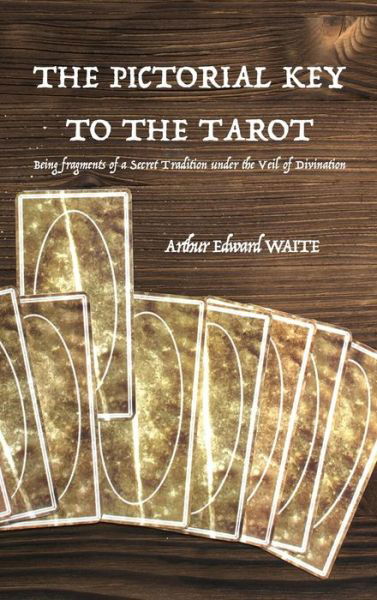
Powiedz znajomym o tym przedmiocie:
The Pictorial Key To The Tarot
Arthur Edward Waite
The Pictorial Key To The Tarot
Arthur Edward Waite
1. The Magus, Magician, or juggler, the caster of the dice and mountebank, in the world of vulgar trickery. This is the colportage interpretation, and it has the same correspondence with the real symbolical meaning that the use of the Tarot in fortune-telling has with its mystic construction according to the secret science of symbolism. I should add that many independent students of the subject, following their own lights, have produced individual sequences of meaning in respect of the Trumps Major, and their lights are sometimes suggestive, but they are not the true lights. For example, Eliphas Levi says that the Magus signifies that unity which is the mother of numbers; others say that it is the Divine Unity; and one of the latest French commentators considers that in its general sense it is the will.2. The High Priestess, the Pope Joan, or Female Pontiff; early expositors have sought to term this card the Mother, or Pope's Wife, which is opposed to the symbolism. It is sometimes held to represent the Divine Law and the Gnosis, in which case the Priestess corresponds to the idea of the Shekinah. She is the Secret Tradition and the higher sense of the instituted Mysteries.3. The Empress, who is sometimes represented with full face, while her correspondence, the Emperor, is in profile. As there has been some tendency to ascribe a symbolical significance to this distinction, it seems desirable to say that it carries no inner meaning. The Empress has been connected with the ideas of universal fecundity and in a general sense with activity.4. The Emperor, by imputation the spouse of the former. He is occasionally represented as wearing, in addition to his personal insignia, the stars or ribbons of some order of chivalry. I mention this to shew that the cards are a medley of old and new emblems. Those who insist upon the evidence of the one may deal, if they can, with the other. No effectual argument for the antiquity of a particular design can be drawn from the fact that it incorporates old material; but there is also none which can be based on sporadic novelties, the intervention of which may signify only the unintelligent hand of an editor or of a late draughtsman.5. The High Priest or Hierophant, called also Spiritual Father, and more commonly and obviously the Pope. It seems even to have been named the Abbot, and then its correspondence, the High Priestess, was the Abbess or Mother of the Convent. Both are arbitrary names. The insignia of the figures are papal, and in such case the High Priestess is and can be only the Church, to whom Pope and priests are married by the spiritual rite of ordination. I think, however, that in its primitive form this card did not represent the Roman Pontiff.6. The Lovers or Marriage. This symbol has undergone many variations, as might be expected from its subject. In the eighteenth century form, by which it first became known to the world of archaeological research, it is really a card of married life, shewing father and mother, with their child placed between them; and the pagan Cupid above, in the act of flying his shaft, is, of course, a misapplied emblem. The Cupid is of love beginning rather than of love in its fulness, guarding the fruit thereof. The card is said to have been entitled Simulacyum fidei, the symbol of conjugal faith, for which the rainbow as a sign of the covenant would have been a more appropriate concomitant. The figures are also held to have signified Truth, Honour and Love, but I suspect that this was, so to speak, the gloss of a commentator moralizing. It has these, but it has other and higher aspects.
| Media | Książki Paperback Book (Książka z miękką okładką i klejonym grzbietem) |
| Wydane | 4 stycznia 2021 |
| ISBN13 | 9798588818360 |
| Wydawcy | Independently Published |
| Strony | 90 |
| Wymiary | 127 × 203 × 6 mm · 104 g |
| Język | English |
Więcej od Arthur Edward Waite
Inni również kupili
Więcej z tej serii
Zobacz wszystko od Arthur Edward Waite ( np. Paperback Book , Hardcover Book , Book , Flashcards i Cards )










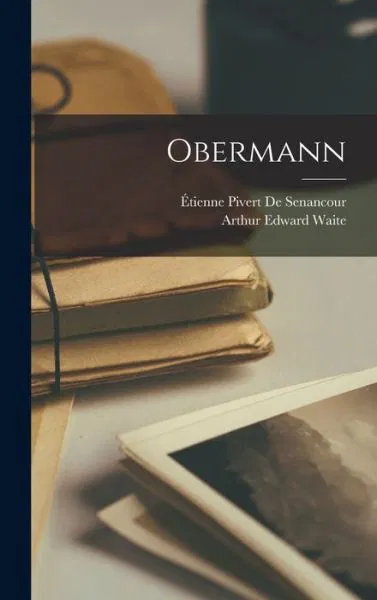



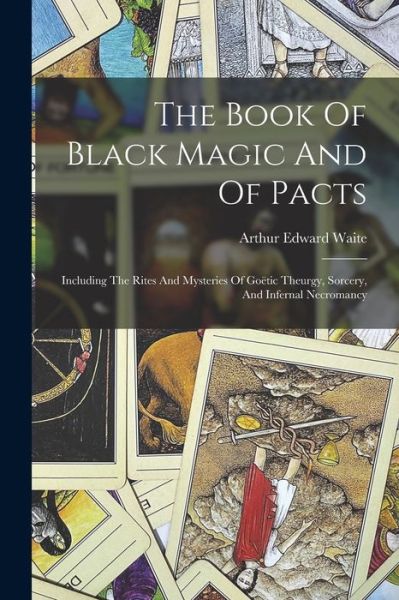



















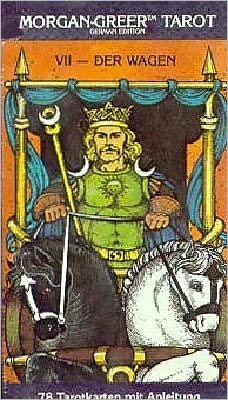
![Cover for David Carson · Medicine Cards (Flashcards) [2 Revised edition] (1999)](https://imusic.b-cdn.net/images/item/original/914/9780312204914.jpg?david-carson-1999-medicine-cards-flashcards&class=scaled&v=1394789060)
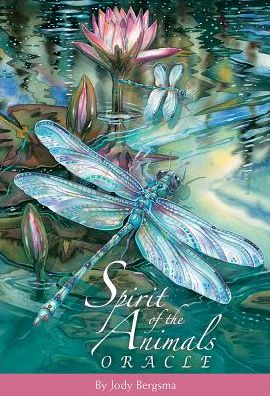

![Cover for Lars Lienhard · Simple Exercises to Stimulate the Vagus Nerve: An Illustrated Guide to Alleviate Stress, Depression, Anxiety, Pain, and Digestive Conditions (Paperback Book) [2nd Edition, New edition] (2022)](https://imusic.b-cdn.net/images/item/original/296/9781644116296.jpg?lars-lienhard-2022-simple-exercises-to-stimulate-the-vagus-nerve-an-illustrated-guide-to-alleviate-stress-depression-anxiety-pain-and-digestive-conditions-paperback-book&class=scaled&v=1675592873)
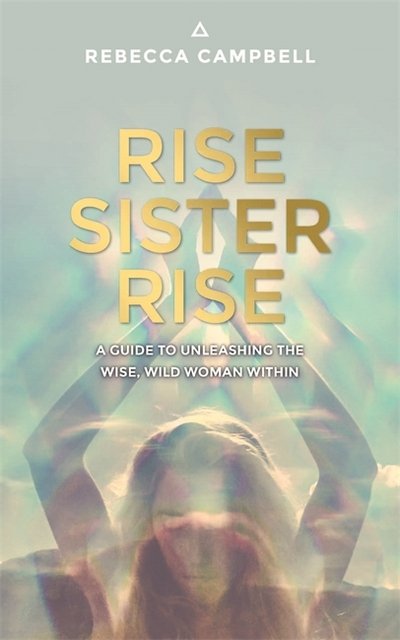

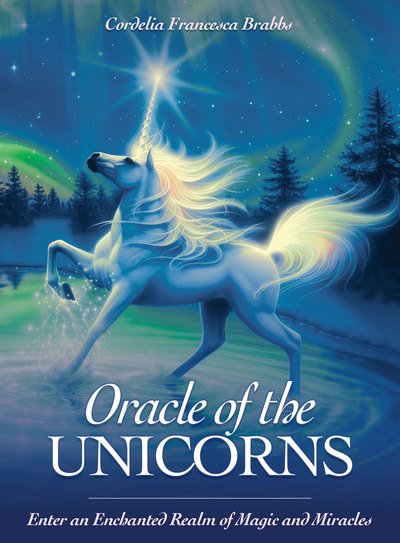

![Cover for Nicoletta Ceccoli · Ceccoli Tarot Deck (Flashcards) [Tcr Crds edition] (2014)](https://imusic.b-cdn.net/images/item/original/438/9780738744438.jpg?nicoletta-ceccoli-2014-ceccoli-tarot-deck-flashcards&class=scaled&v=1459936520)
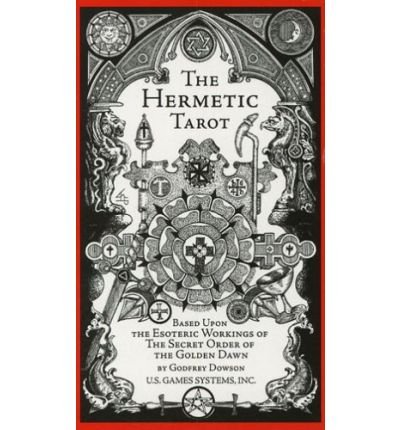
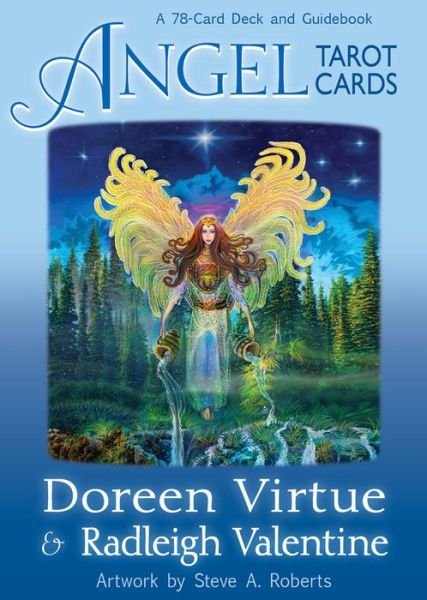


![Cover for Johnny Madsen · Tilværelsen blev min skæbne (Sewn Spine Book) [1. wydanie] (2023)](https://imusic.b-cdn.net/images/item/original/375/9788794221375.jpg?johnny-madsen-2023-tilvaerelsen-blev-min-skaebne-sewn-spine-book&class=scaled&v=1696940461)
